Do you sometimes find yourself frustrated with the reach of your brand, your content, and your advertising? It doesn’t have to be that way. You can use data-driven digital marketing to attract far more attention (traffic) than traditional marketing, and at a fraction of the cost.
We are living in the most prosperous time in human history, but it’s up to you to grow and engage your audience using the tools available to you: social media ads, Google ads, email marketing, influencer collaboration, search engine optimization, and virtual events (webinars).
You already know that marketing has shifted away from TV, radio, and billboards. But, it finally happened — internet usage outpaced television for the first time in 2017, according to Statista. Television usage has remained at around 170 minutes per day while internet usage has steadily grown. In fact, daily consumption of digital media passed 508 minutes per day in 2024.
For good reason! How was a radio ad or billboard supposed to work, anyway? They see your advertisement, pull their car over to the side of the road, and write down your contact details? When was the last time you fully engaged in a 30-second TV commercial, stopped what you were doing, and took action?
The internet has removed the “middle” inefficiencies. You no longer shop at a retail store as often as you order from an e-commerce site such as Amazon. You don’t use a travel agent, you book a flight and hotel online. You don’t use a payphone and a phone book, you use a smartphone and a search engine.
The old forms of marketing were only guessing. You didn’t have a precise way to know if your ads were really getting attention, making money, or were worth repeating.

To summarize, in this rapidly evolving digital landscape, the shift from traditional marketing channels like TV, radio, and billboards to digital alternatives has become a game-changer for businesses aiming to stay ahead.
So, picture this: back in the day, traditional marketing ruled the roost. You had your TV commercials, radio ads, billboards, you name it. But here’s the thing – it was a bit like throwing spaghetti at the wall and hoping something would stick. You couldn’t really tell if your message was hitting the mark or if people were just tuning out.
“Digital marketing is about the tactics – social media, SEO, PPC, etc. – but digital strategy is about leveraging those tactics to achieve business objectives. Traditional marketing has tactics too – direct mail, TV, radio – but the strategy behind those tactics has remained largely unchanged for decades.” – Ryan Deiss
But then along came digital marketing, and oh boy, did it shake things up! Suddenly, we had all this data at our fingertips – who was visiting our websites, what they were clicking on, how long they were staying – you name it, we could track it. And let me tell you, that changed everything.
With data-driven digital marketing, we could finally stop guessing and start knowing. We could see exactly what was working and what wasn’t, and adjust our strategies on the fly. It was like having a crystal ball that could tell us exactly where to invest our time and money for the best results.
Plus, digital marketing opened up a whole new world of targeting and personalization. Instead of blasting out one-size-fits-all messages, we could tailor our marketing efforts to specific audiences based on their interests, behaviors, and demographics. It was like speaking directly to the people who mattered most, and they were actually listening!
And let’s not forget about the cost savings. Compared to traditional marketing channels like TV or print ads, digital marketing was a fraction of the cost. Plus, you could track your return on investment down to the penny, so you knew exactly what you were getting for your money.
So, long story short, data-driven digital marketing didn’t just supplant traditional marketing – it blew it out of the water. It gave us the tools and insights we needed to reach our audience more effectively, efficiently, and measurably than ever before. And hey, the numbers don’t lie!
Now that you have digital marketing which gives you precise data about who visits your websites, what they click on, and how long they stay. Mailing a physical postcard costs money, making a long distance call used to cost money, but why is Facebook free? You already know the answer: because the advertising data is far more valuable! YouTube, Google, Instagram, and TikTok are all free because the ability to target and personalize is far more valuable.
Instead of blasting out a one-size-fits-all message, you can finally stop guessing and start knowing. You can run ads, figure out what content works and what doesn’t and adjust your strategies on the fly. You can target specific audiences based on their interests, behaviors, and demographics. It’s speaking directly to the people who matter most, and they actually pay attention!
Case Study: Dollar Shave Club disrupted the shaving industry with its humorous and relatable digital marketing campaigns. By leveraging social media platforms like YouTube, Facebook, and Twitter, they created engaging video content that resonated with their target audience. This approach helped Dollar Shave Club quickly gain traction and acquire millions of customers, ultimately leading to its acquisition by Unilever for $1 billion in 2016. Traditional razor brands, reliant on TV commercials and print ads, struggled to compete with Dollar Shave Club’s innovative digital marketing strategies.
Target Specific Demographics Using Social Media Ads
Have you opened up your favorite social media app, and looking right back at you was an ad for an item you were just discussing with a friend? You might assume your social network is listening to your microphone, but the joke of it is, they don’t have to!
Social media sites (and their advertising platforms) use predictive algorithms to show you content that interests you — not just informative content, but also relevant ads. You might have searched a phrase on YouTube, and the platform re-ran that search phrase for you 5 days later, showing some of those results on the front page. Your close friend who lives nearby could have liked a specific Facebook post, so the algorithm showed similar content. Perhaps you browsed a specific product on an online retail site, and Instagram showed you a re-targeted ad later that day!
Social media marketing in particular allows you to target specific demographics with surgical precision. Each platform occasionally changes their rules, but imagine what’s possible if you use the targeting that’s available to you.
For example, you can target social media users who already interact with your brand. You can target people who revisit the same specific physical locations, frequent travelers, Android users, smart home speaker owners, “lookalike” audiences similar to those that already buy from you, or even your exact custom audience (you can upload a list of email addresses).
This is in addition to the semi-obvious social media advertising targeting capabilities, such as showing your ad to people experiencing a new life event (moving to a new city or recently engaged), psychographics (fitness enthusiasts or eco-conscious people), or even weather events (a heatwave or rainstorm). You probably also know about the fine-tuned straightforward targeting available to you such as age groups, location, and interests (pages they like or posts they interact with).
Because this process is so precise, you can track your return on investment down to the penny, so you know exactly what makes money. In other words, you can reach that audience more effectively, efficiently, AND measurably than before. The numbers don’t lie, but it is still your responsibility to measure those numbers and use multiple angles of attack in your advertising strategy to make your ads profitable.
How to Run Cost-Effective Google Ads Campaigns
Bid farewell to the high costs associated with traditional advertising slots. Google Ads, a staple in digital marketing, enables businesses to bid on keywords relevant to their products or services, ensuring that the marketing budget is spent efficiently, reaching users actively searching for what they offer. This targeted approach often provides a better return on investment compared to traditional advertising.
Case Study: Dropbox aimed to increase downloads of its app using Google Ads. They used a variety of ad formats and targeting options on Google Ads to reach potential users likely to be interested in cloud storage solutions. This included search ads targeting specific keywords related to file sharing and storage.
Their campaign led to a significant increase in app installations at a lower cost per acquisition, proving the efficiency of Google Ads in driving conversions for software products.
Here’s a fun thought experiment you can perform the next time you’re spending time with a friend or family member: ask them to run a Google search on their phone, for example “last minute birthday gifts” and see what they click. It’s insane how the top 3 or 4 search results, plus the sidebar, are paid ads, but the average person won’t notice and will treat it like any other search result.
These search phrases are yours for the taking! Of course, you do need to do the creative “work” of creating a compelling ad that targets the right people at the right time, so that your Customer Acquisition Cost (CAC) is less than your customer Lifetime Value (LTV).
Google has 3.5 billion daily users, 1.2 trillion queries per year, and 40 thousand searches per second. TIkTok has 2.5 billion daily active users. Facebook has 2.09 billion daily active users. Instagram has 500 million daily active users. YouTube has 122 million daily active users. All these platforms allow you to advertise, so why are you not taking action?
When thinking about Pay Per Click advertising, many people automatically think about Meta (Facebook) ads or Google search ads, but you can also appear in the Search Network — appearing in Google Play, Google Maps, Google Images, and the Google Shopping tab.
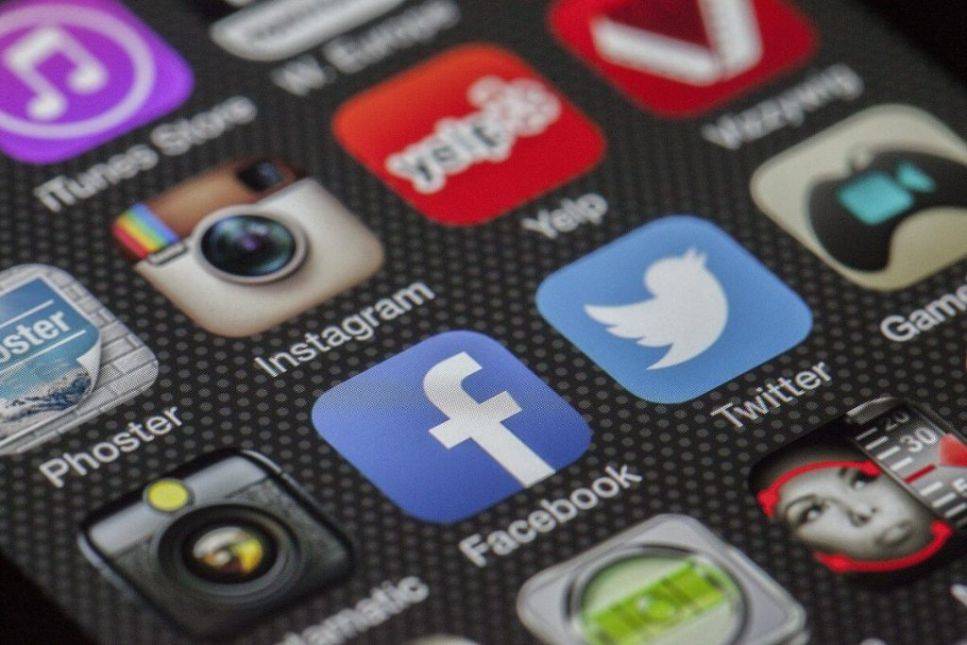
WordStream recently reported that the average Return on Investment (ROI) for Facebook ads was $9.21 per $1 spent, and the average ROI for Google Ads was $8 per $1 spent. You could spend $3,500 to $10,000 per month on a billboard — or $100,000 for a 30-second television ad. Or use the targeted approach of Pay Per Click advertising so that you can measure your Return On Advertising Spend (ROAS) and adjust your targeting, instead of guessing.
Power of Personalized Email Campaigns in Digital Marketing
While billboards and other traditional forms of advertising may capture attention momentarily, email marketing establishes a direct line of communication with potential customers. Crafting engaging and personalized content in email campaigns will help you build relationships, nurture leads, and guide your prospects through the sales funnel more effectively.
Sometimes business owners and marketers are too emotionally attached to their advertising efforts and self-sabotage before they even begin. They say, “advertising on [fill in the blank] social platform will never work. No one buys there!” Or even, “I ran one ad on [fill in the blank] website and I lost money. Never again!” The likely reality is that you were not tracking, adjusting, and iterating enough.
All good digital marketers love data. Knowing your metrics means you know your goals, where you are falling short, and where your bottlenecks are.
Think about how strange it would be if you used social media, but never checked email. Or if you used a search engine, but even social media. The reality is that your customers use multiple platforms — especially email — so this is your chance to send personalized content to build relationships, nurture lads, and guide your prospects through your sales funnel.
Case Study: Uber Eats is a company that, much like Target or PayPal, you might get emails several times per week but not pay a lot of attention to their strategy. Uber Eats sends ten different types of emails:
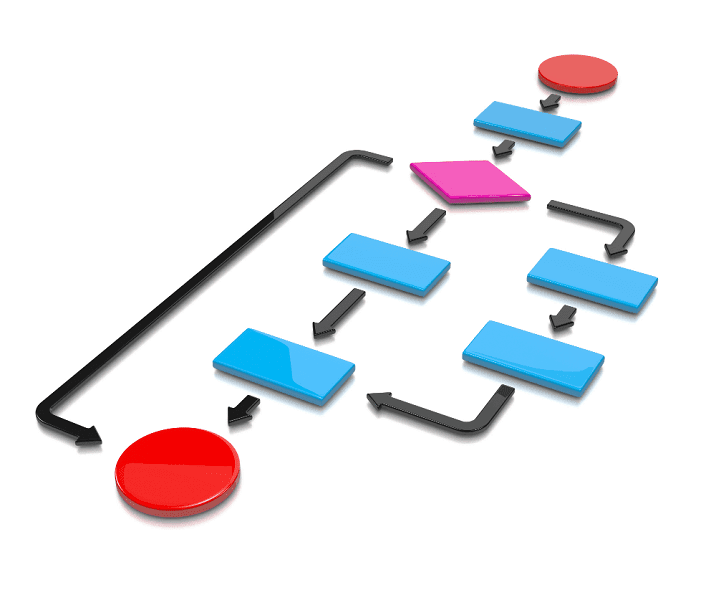
- Welcome Emails: Uber Eats makes a strong first impression with clear, concise language and a compelling call-to-action. Personalization based on user’s sign-up details makes the content feel tailored to the individual, while Uber’s iconic branding and simplicity ensure immediate brand recognition.
- Promotional Emails: Uber’s promotional emails focus on key messages with a visually appealing layout that aligns with the brand identity, enhancing message retention.
- Transactional Emails: Uber Eats provides information such as cost, time, and driver or restaurant details prominently, serving as an extension of customer service. These emails encourage further interaction, such as rating a service or tipping, to enhance user engagement.
- Notification Emails: Immediate and clear communication about account activities enhances trust, with straightforward language and simple layouts. Direct calls-to-action in these emails prompt immediate actions to secure user accounts.
- Confirmation Emails: Confirmation emails reassure a customer of a successful action. It provides details like order numbers and next steps, enhancing user satisfaction. Suggestions for related products or additional steps can increase sales and deepen customer loyalty.
- Seasonal Emails: Seasonal emails with special promotions or themed content relevant to current holidays engage users more effectively. Visually appealing designs that match the season enhance the emails’ attractiveness and engagement.
- Reward/Loyalty Emails: Recognizing loyal customers with personalized rewards based on user behavior encourages continued patronage. Clear instructions on how to redeem rewards and their benefits increase participation in loyalty programs.
- Feedback Emails: Feedback emails provide insights into customer satisfaction; making the process straightforward, such as through a rating system, increases participation. Communicating improvements back to customers enhances trust and loyalty.
- Re-engagement Emails: Re-engagement emails target inactive users with personalized offers based on previous interactions to reignite interest. Simplifying the message makes it easier for lapsed users to decide to re-engage with the service.
- New Deals: Regular updates about menu items keep Uber Eats top-of-mind. Including appealing images and direct links to the app in the emails enhances usability and encourages repeat use by making subscribers feel valued.
Earlier, we discussed the average ROI (Return on Investment) for social media ads and search ads — which admittedly, vary wildly depending on the social network, type of ad (i.e. Sponsored Story), current popularity of that network, and the “sophistication” of that platform — for example, once an ad platform becomes more established, they enforce new rules and increase costs. Email marketing also has its own set of challenges: although an email user may be in more of a “buying” transactional mode than a social media user, you have to fight deliverability issues and crowded inboxes.
Despite this, Email Monday reported a $38 ROI for every $1 spent in email marketing and OmniSend observed $72 Return on Investment for every $1 in email marketing spent. Your digital marketing strategy must be multi-pronged. Track email marketing metrics such as your open rates and click-through rates. Compare those numbers to your industry average and refine.
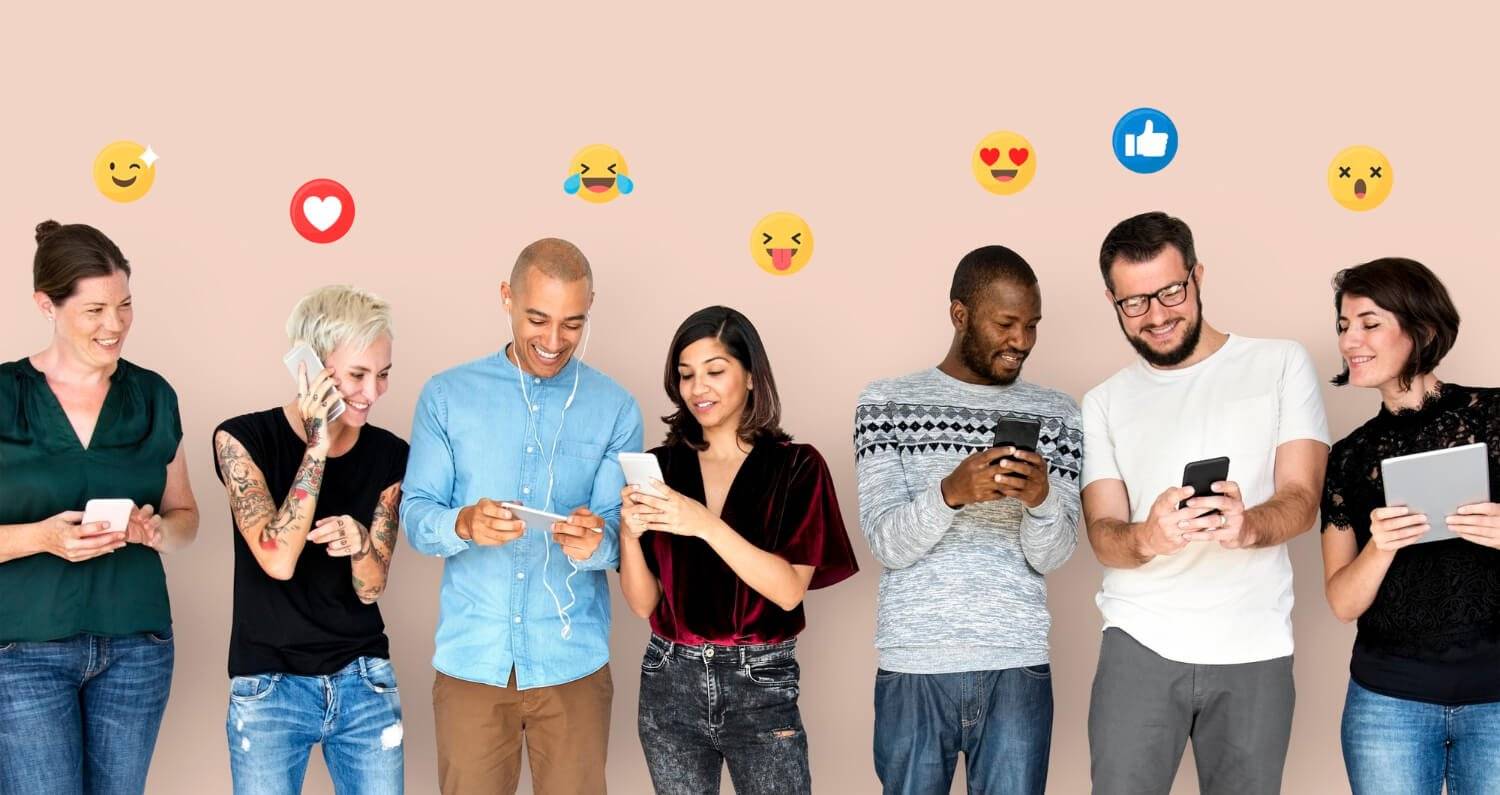
Influencer Marketing: Strategies for Genuine Brand Endorsements
The trend with the internet advertising revolution has been speed, precision, directness, and quick adaptability. Consider the slightly outdated “product placement” or “celebrity endorsement” concept — Tom Selleck promotes reverse mortgages or Betty White promotes Snickers candy bars. Although a proven advertising concept, the modern updated version of this idea is: influencer marketing.
Portuguese soccer celebrity Cristiano Ronaldo has 787 million Instagram followers. Musician Selena Gomez: 499 million followers. Dwayne The Rock Johnson: 435 million followers. The advertising game has changed so much that many individual celebrities have a larger reach than entire TV networks. Influencer marketing as an industry has grown from $1.7 billion in 2016 to $24 billion by 2024.
Partnering with influencers who resonate with your brand values gives you an authentic way to connect with your target audience. Their reach and credibility can be leveraged across various digital channels, from social media to YouTube, creating a more genuine and relatable brand image.
This approach is also far superior than a simple celebrity endorsement. These people are creating User Generated Content (UGC) that will remain on the internet forever, as opposed to a TV commercial that is forgotten about after it airs. Influencers are more relatable than celebrities, and you can see results (tracking) more accurately using this approach. Influencer marketing also doesn’t have to be a single slam-dunk ad from an account with millions of followers — you can spread out your advertising dollars on nano-influencers (less than 10,000 followers), micro-influencers (10,000 to 50,000 followers), medium influencers (50,000 to 100,000) and macro influencers (more than 500,000).
Just consider the attention you can attract onto your brand when you precisely target just the right set of influencers to insert your story into the daily lives of consumers, so that they engage, listen, and act.
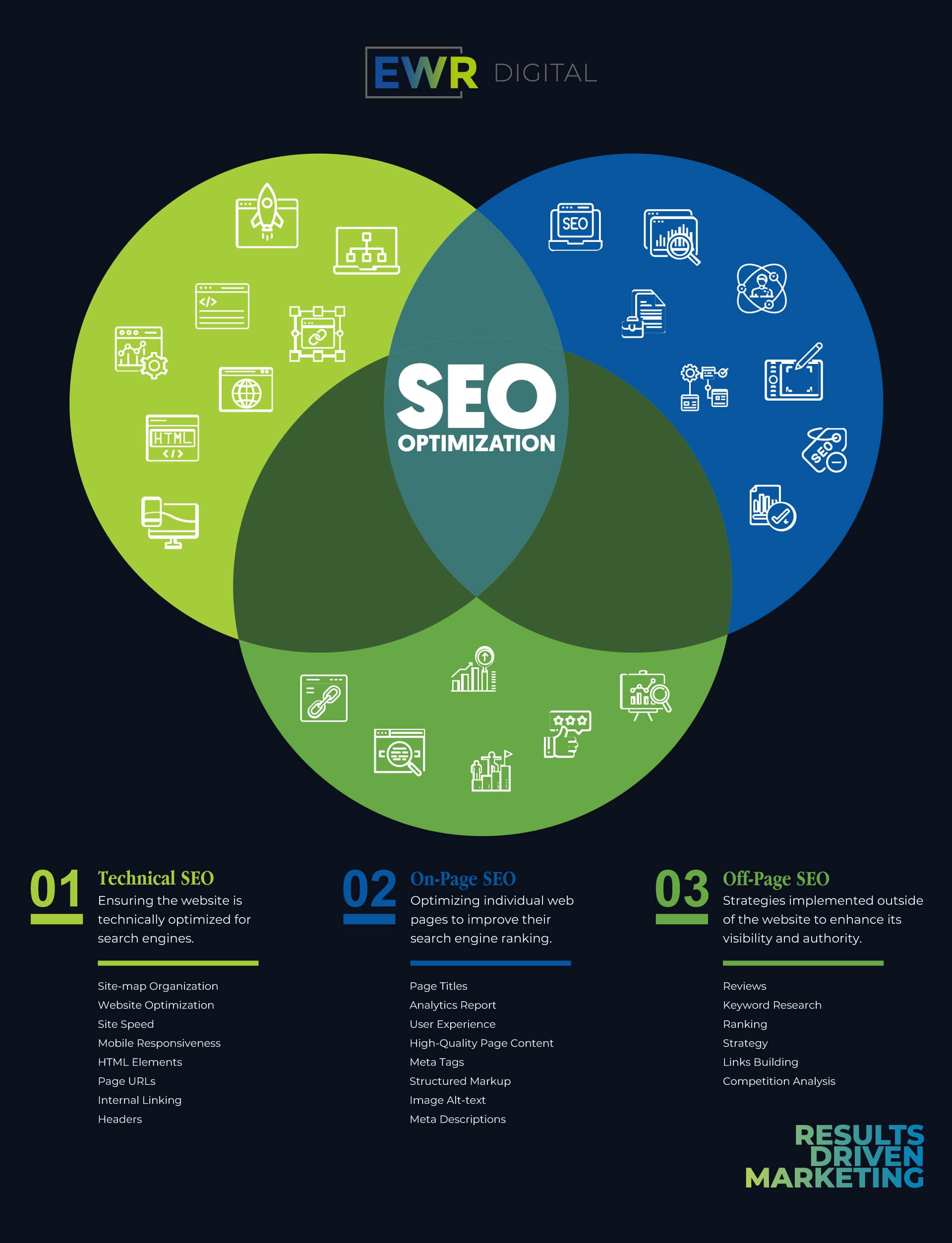
SEO Best Practices for Increasing Online Traffic
Imagine combining these efforts with Search Engine Optimization (SEO), getting your business to rank highly on Google search pages, ideally at the #1 spot or even dominating the entire first page for your chosen keywords. Appearing on the first page of Google gives you enormous credibility and ensures continuous visibility over time.
First Page Sage noted that the top organic search listing in Google resulted in a 39.8% clickthrough rate from search results.
Case Study: Airbnb utilized digital marketing channels such as social media, content marketing, and influencer partnerships to rapidly expand its user base and disrupt the hospitality industry. Through strategic SEO optimization and user-generated content, Airbnb was able to rank highly in search engine results and attract travelers looking for unique accommodations. This digital-first approach allowed Airbnb to surpass traditional hotel chains in market share and become one of the leading players in the accommodations industry.
When you rank highly in Google, you appear more respected and trustworthy. SEO is a long-term strategy that involves keeping your content up-to-date, an enjoyable User Experience (UX) so visitors find the information they need, a fast loading website, lots of relevant incoming links, and an internal link structure.
If you are a local business or have multiple in-person locations, you must also maintain local business listings (Google My Business) as well as the relevant review sites (Yelp, TripAdvisor, etc.)
The power of SEO, as in these other digital marketing strategies, is that your efforts are trackable as well. You can measure which of your web pages have the best rankings, bring you the most traffic, and which lead to sales. The data will inform you about the new content you should create or update.
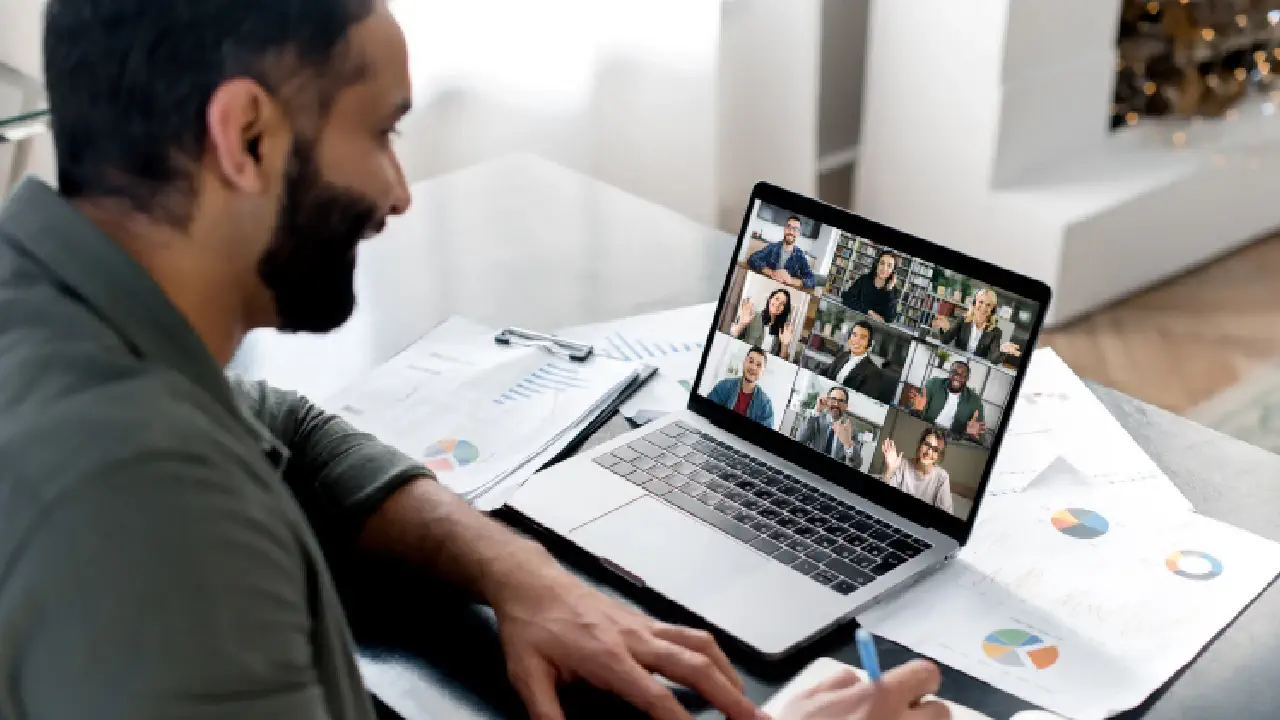
Virtual Events: Webinars as a Tool for Global Engagement and Brand Building
Digital alternatives extend beyond just advertising; they encompass immersive experiences. Hosting webinars and virtual events allows businesses to engage with a global audience in real-time. These events not only showcase expertise but also facilitate direct interaction, fostering a sense of community and trust among participants.
Webinars and virtual events allow your business to engage with your best customers and followers, demonstrate thought leadership, and show your expertise. When you offer a valuable live experience, you can strengthen your relationships with your existing customers and generate leads that are more likely to convert because they have already shown a keen interest in your brand.
Case Study: Adobe transformed its annual in-person Summit into a virtual event due to the COVID-19 pandemic. They created a free, online version of their Adobe Summit to engage with a global audience. The event featured live streams of keynotes, sessions with Adobe experts, and customer presentations
The virtual Adobe Summit attracted a record number of participants, far exceeding the attendance of their in-person events. The success of the virtual event has prompted Adobe to consider hybrid event formats in the future.
You have access to many helpful analytics to get your marketing, messaging, and advertising dialed in — attendee engagement, content preferences, and more. You can and should use this data to guide your future strategies and create even more targeted and compelling content.
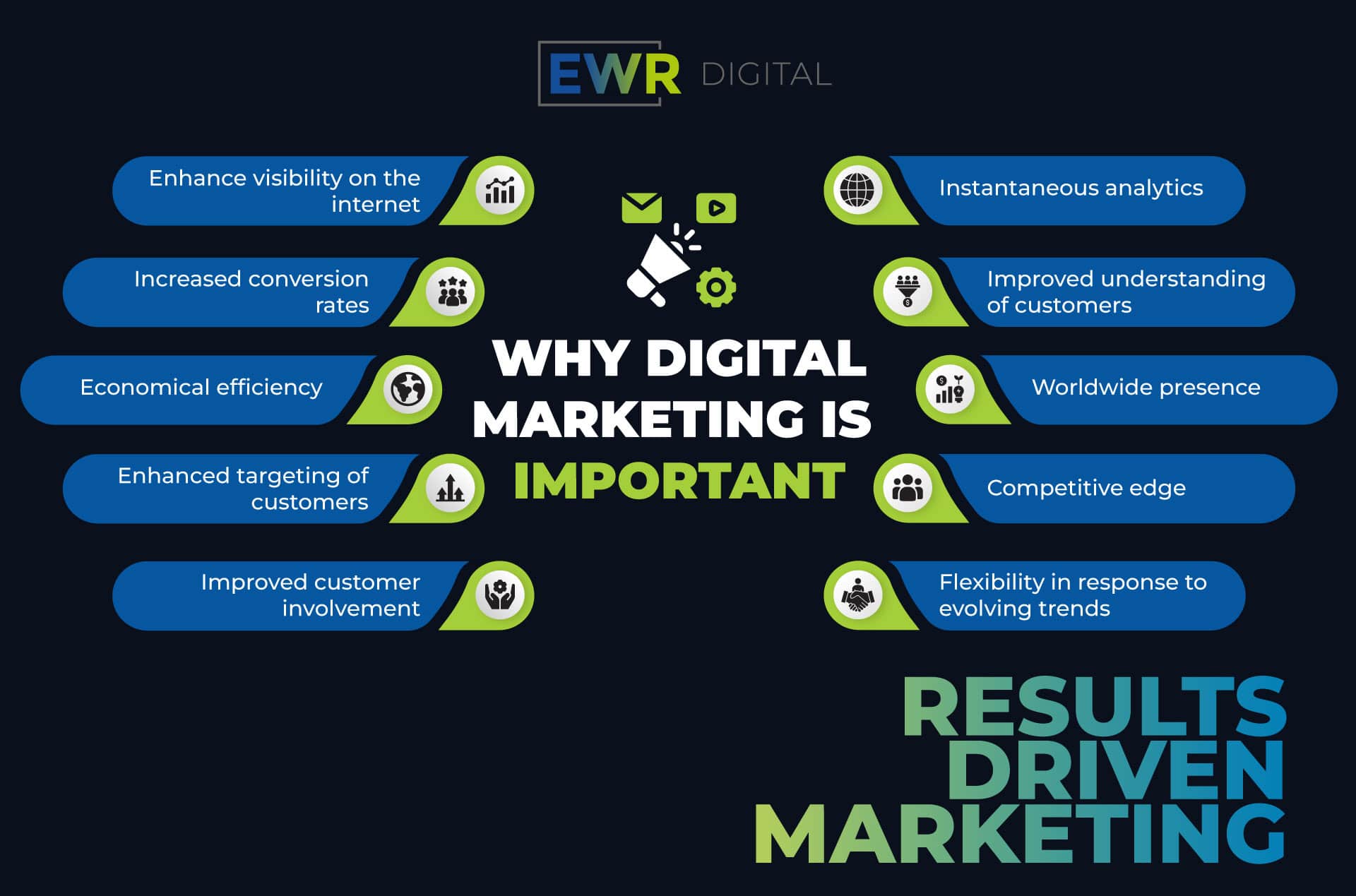
Conclusion: Digital Marketing Is Essential for Your Business
You owe it to your company’s future to think through the above changes so you can avoid getting left behind by “doing things the same way they’ve always been done” (and expecting the same results). Digital marketing has already been re-shaping the way your audience connects with your business for years.
The question for you is: what will you do to keep up? Are you still using some established, proven old-school marketing techniques that can be enhanced, or eventually replaced by their modern solutions? You have the opportunity to market and sell to a larger crowd than ever before, do it cost effectively, and more precisely by tracking and measuring your metrics. Social media, pay per click ads, email marketing, influencer collaboration, search engine optimization, and webinars — use these digital marketing methods in a combined strategy.
From precise targeting and cost-effective campaigns to engaging content and authentic endorsements, digital marketing will reshape how your business connects with your audience, offering unparalleled opportunities for growth and success. Embrace the digital revolution, and watch your marketing strategies transform into dynamic, results-driven campaigns!
